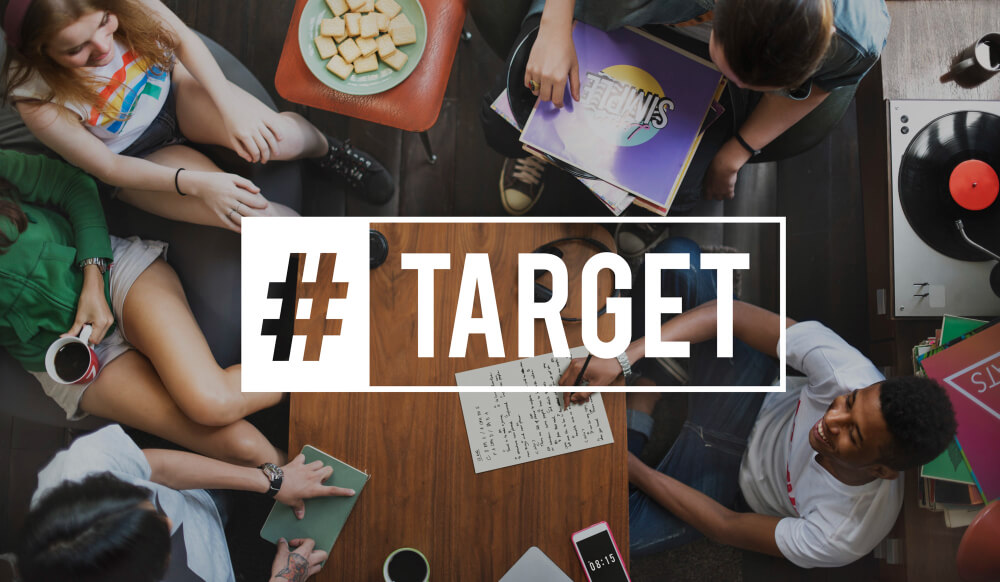|
Getting your Trinity Audio player ready...
|
The Trap of Over-Targeting (And The Danger of Being Too Broad)
Marketing advice today is like a bad game of telephone—someone distorts an idea, people run with it, and next thing you know, half the industry is blindly following strategies that don’t actually work.
The biggest offender? “Know your audience and only speak to them.” It’s not wrong—but if you only ever speak to your hyper-specific ICP, you’re probably leaving millions of dollars on the table. On the flip side, if you try to go too broad, your content doesn’t stick with anyone. Both approaches fail when they become one-dimensional.
Here’s what actually works:
- When you need mass awareness, start broad.
- When you need conversions, go deep.
- When in doubt, earn attention first—then funnel the right people.
And no, this isn’t some theoretical framework. I’ve watched brands go from invisible to industry leaders by using this exact approach. Let’s break it down.
Step 1: The Myth of the “Perfect” Audience—Why Your Brand Needs More Reach
Most brands think of their ideal customer like a bullseye on a dartboard—a small, fixed group of people they should only market to.
Here’s why that’s flawed:
If you only ever talk to the tiny niche of people who are ready to buy today, you’re ignoring future customers who haven’t yet discovered you.
If your messaging is too tailored, you miss out on accidental audiences—people who don’t fit your ICP on paper but still buy your product.
The best brands create demand beyond their obvious market—just look at Liquid Death selling canned water like it’s a rebellious lifestyle brand.
Here’s why that’s flawed:
- If you only ever talk to the tiny niche of people who are ready to buy today, you’re ignoring future customers who haven’t yet discovered you.
- If your messaging is too tailored, you miss out on accidental audiences—people who don’t fit your ICP on paper but still buy your product.
- The best brands create demand beyond their obvious market—just look at Liquid Death selling canned water like it’s a rebellious lifestyle brand.
The Best Brands Win by Expanding Their Reach First
Example: Most Companies Do This Wrong
A software company wants to target CFOs, so they only create content that speaks directly to them.
“How Mid-Market CFOs Can Optimize Cash Flow Reporting.” (Accurate? Sure. But no one outside of CFOs cares—so it doesn’t scale.)
Example: A Smarter Approach
Instead, they reframe their content into a broader, more engaging idea:
“The Financial Mistakes That Quietly Kill 40% of Startups.”
Now? Founders, investors, and finance teams all engage—meaning the brand earns way more visibility and inbound interest. The lesson? Stop trying to convert people before they even know you exist.
Step 2: After You Grab Attention, Make People Feel Seen
Going broad is step one—but stopping there is a rookie mistake.
Once you’ve got attention, you need to shift gears and go deep.
This is where most brands fail—they start broad but never transition to hyper-relevant, “we get you” content.
Broad Hook → Relatable Insight → Deep, Trust-Building Content
Example: Fitness Brand
A high-end fitness brand could start with a broad hook:
“The 3 Worst Workout Myths Keeping You Weak.” But to convert their best customers, they go deeper:
“Why High Performers Should Stop Lifting Light Weights (Science-Backed).” Now? Casual fitness fans engage at the top—but serious athletes see themselves in the deeper content and buy.
This approach works in every industry.
- B2B SaaS? Start broad with industry-wide challenges, then transition to niche problem-solving for your ideal customer.
- E-commerce? Start with mass appeal, then drill down into specialized needs (e.g., “The Best Running Shoes” → “Why Marathon Runners Should Avoid These Common Mistakes”).
- DTC brands? Start with universal storytelling, then move into deeper brand differentiation.
Real-World Example: Liquid Death’s Marketing Strategy
They don’t market like a water brand. They market like a disruptive lifestyle movement.
Instead of ads that say, “Our water is 10% more hydrating,” they create:
“Why You’re a Sellout If You Drink Bottled Water.” That gets millions of views—but then they follow up with deeper messaging that turns casual fans into hardcore loyalists.
Most brands stop at the first step. The best ones take people on a journey.
Step 3: Know When to Double Down vs. Expand Further
So when should you go niche and when should you scale broad?
Go Niche When:
You already have some traction but need deeper engagement.
You want high conversion rates over mass awareness.
Your audience is passionate and thrives on specialization.
Go Broad When:
You need more top-of-funnel traffic and awareness.
Your industry is crowded and differentiation is key.
You’re launching a new category or product.
Most brands mess this up.
- They go too niche too early, limiting their reach.
- Or they go broad forever, never converting anyone.
The best brands know how to move fluidly between both.
Final Thought: Your Brand Needs to Control the Narrative At the end of the day, safe marketing doesn’t win.
If your content is too broad, people don’t care.
If your content is too niche, people never see it.
If you never test broader hooks, you’ll never scale.
If you never dive deep, your audience won’t trust you.
So here’s your move:
Grab attention.
Then, make people feel like you were talking to them all along.
And most importantly—don’t play it safe.
Because the best brands don’t just follow trends. They make people pay attention.
Now, go make something that actually gets people talking.
